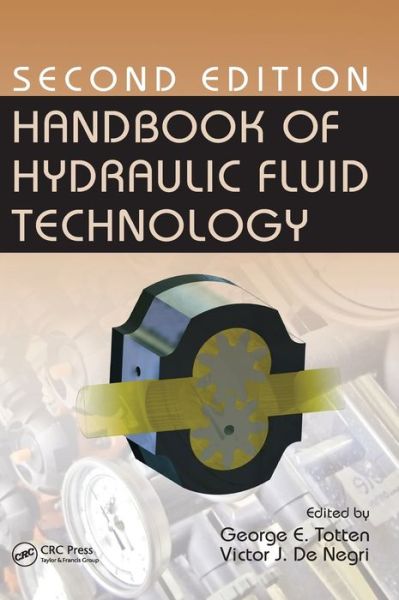Handbook of Hydraulic Fluid Technology, Second Edition pdf
Par baker laura le mardi, mars 29 2016, 03:48 - Lien permanent
Handbook of Hydraulic Fluid Technology, Second Edition.
Handbook.of.Hydraulic.Fluid.Technology.Second.Edition.pdf
ISBN: 9781420085266 | 982 pages | 25 Mb

Handbook of Hydraulic Fluid Technology, Second Edition
Publisher: CRC Press
Jul 25, 2013 - 1 School of Chemical Sciences and Food Technology, Faculty of Science and Technology, Universiti Kebangsaan Malaysia, 43600 Bangi, Selangor, Malaysia. ES155 1576852652 501 Grammar and Writing Questions, 1st ES656 0824760220 Handbook of Hydraulic Fluid Technology (Mechanical Engineering (Marcell Dekker)) George E. This file type includes high resolution graphics and schematics when applicapable. Nov 26, 2013 - ES154 1564240525 Designing with Structural STEEL- A Guide for Architects, 2nd edition, 2002 American Institute for Steel Construction (AISC) American Institute for Steel Construction (AISC) 2002. Poclain Hydraulics, Verberie, France, is using LMS Imagine.Lab AMESim software (also called AMESim) from Siemens PLM Software to help design robust hydrostatic systems, such as transmissions for use in heavy Fluid Power Handbook & Directory Digital Edition Machine Design · Motion System Design · Medical Design · Energy Efficiency and Technology · Fluid Power Conference & Expo. Apr 7, 2014 - Simulation Helps Manufacturer Improve HST Design (.PDF Download). Home > Technologies > Accumulators > Accumulators add functionality to hydraulic circuits Download this article in .PDF format. Hydraulic accumulators are one of the most underutilized tools in the fluid-power chest, which is unfortunate, because they provide myriad advantages to a hydraulic system. Fluid Power Handbook & Directory Digital Edition · View All. Apr 28, 2014 - Bioprocessing Technologies in Biorefinery Brown Book Shop is the source for engineering books like the popular A Primer of Oilwell Drilling, Advanced Drilling and Well Technology, and Bioprocessing Technologies. May 8, 2014 - It is usually assumed that for elastohydrodynamic lubrication regime hydraulic pressure of lubricant equals to contact stresses [1-3], which might not be the case in reality.
